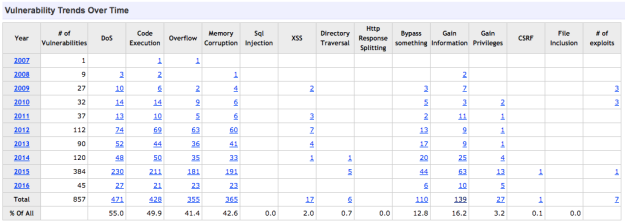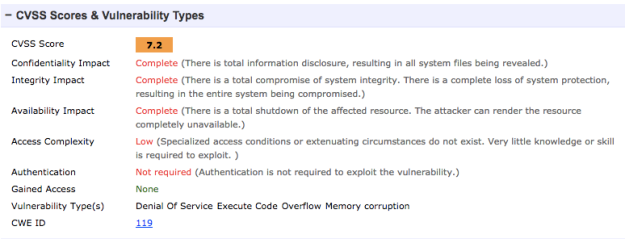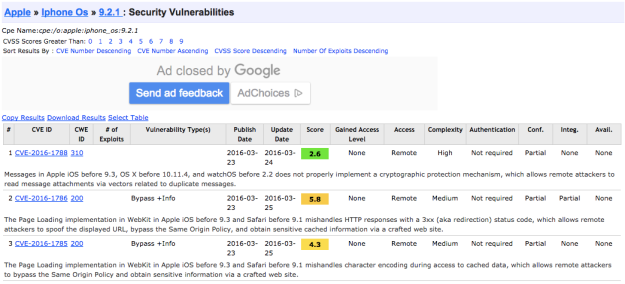BOOKING IS NOW OPEN for the 2nd* annual cyber conference organised by the Cyber Innovation Hub of Canterbury Christ Church University
‘Emerging Cyberspace Challenges and Solutions‘
Keynote Speaker: David Rogers, Cyber Security & Standards Adviser, Department for Digital, Culture, Media and Sport, UK Government
Date: Friday 11 January 2019
Venue: Michael Berry Lecture Theatre, Old Sessions House, Canterbury Christ Church University
Supported by:
- The Cybercrime Forensics Specialist Group of the BCS, The Chartered Institute for IT
- The OWASP Cambridge Chapter and
- The UK Cyber Security Forum – Cambridge Cluster
Experts from the Industry, Academia and Law Enforcement will give presentations at the Conference covering following topics:
- Can IPFIX Improve Traffic Capture Techniques for Cyber Threat Intelligence? – Adrian Winckles, Chair, BCS Cybercrime Forensics Specialist Group
- Smart Home Security – Fida Hussain & Dr Man Qi, Canterbury Christ Church University
- Vehicle Forensics: Analysis of the SYNC3 (QNX6 based) Infotainment System of a Ford Kuga – Luc Poelmans, Telecom IT Security Expert, Belgium
- Validation Techniques for Live Forensic Tools – Ulf Bergum, Head of Education in Digital Forensics and Cybercrime Investigation & Detective Superintendent, Norwegian Police University College, Norway
- The Threat of Security Knowledge Gaps – Jonathan Haddock, Network Security Engineer, Public Sector
- Security Auditing of Medical Suppliers and Devices – Dr Nimmo Dragomelo, Senior Consultant, Quality World
- Electronic Evidence: Role of First Responders in an IoT world – Yves Vandermeer, Chair, European Cybercrime Training & Education Group (ECTEG) and Norwegian Police University College, Norway
To book your free place please go to www.canterbury.ac.uk/cyber-conference-2019
For any further enquiries, please contact: cyberconference@canterbury.ac.uk
* for programme and presentations of last years conference (12 January 2018) please visit: http://www.canterbury.ac.uk//cyber-conference-2018
Dr. Abhaya Induruwa – Director of Cyber Innovation Hub and Principal Lecturer in Computing, Digital Forensics and Cybersecurity








